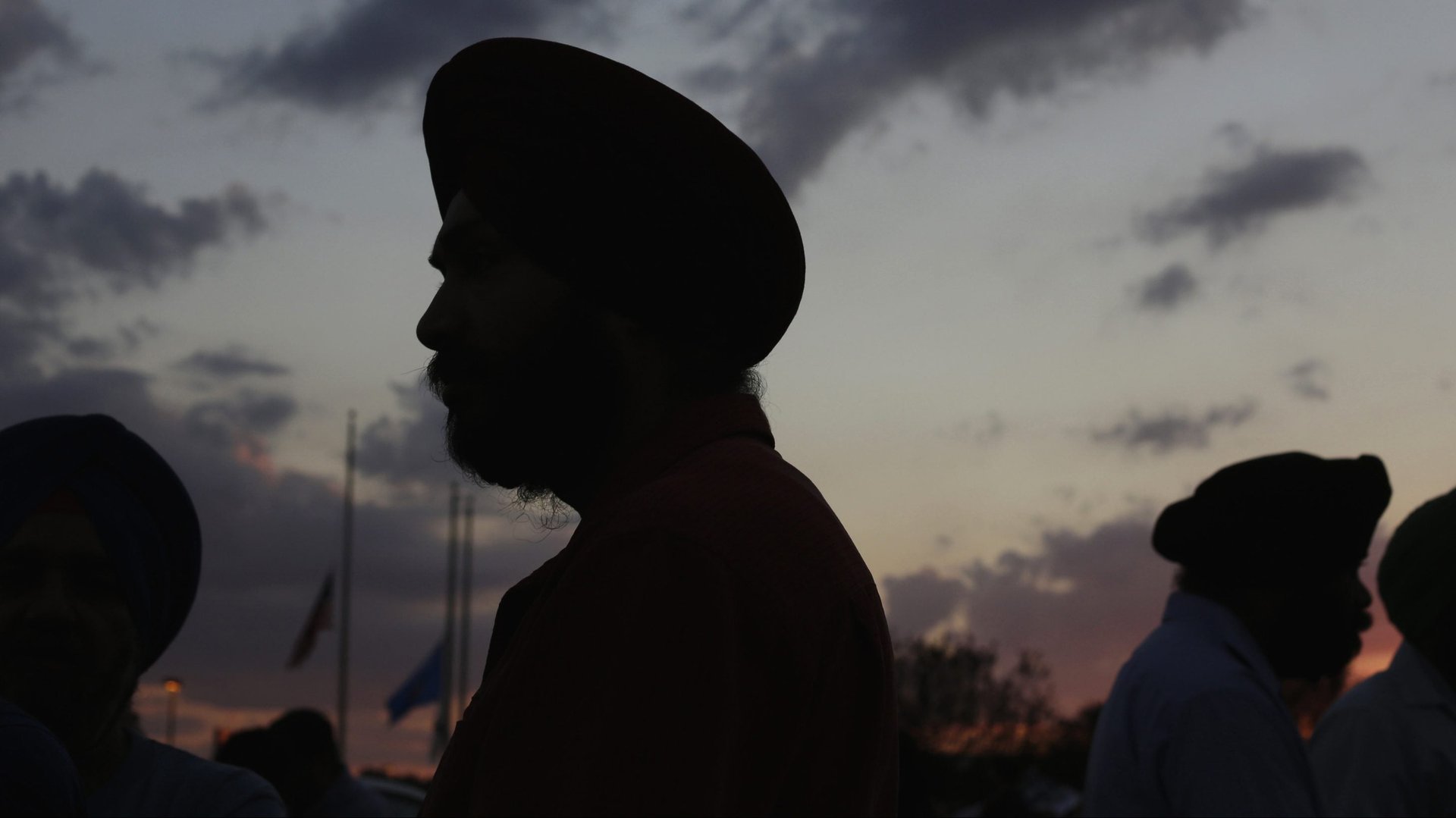A 1910 essay warning of a “Tide of Turbans” shows American anxiety over Indian immigration has a long, ugly history
In 1910, when the US was in the process of building the Western Pacific Railroad, demand for construction workers led to a spike in immigration from India. Within the year, about 1,782 East Indians (as anyone from India was then referred to), entered the country. That year, the census recorded 5,424 East Indian immigrants living in the US, with about half in California.


In 1910, when the US was in the process of building the Western Pacific Railroad, demand for construction workers led to a spike in immigration from India. Within the year, about 1,782 East Indians (as anyone from India was then referred to), entered the country. That year, the census recorded 5,424 East Indian immigrants living in the US, with about half in California.
“The growth of the Indian community was accompanied by resentment and discrimination,” writes Jonathan H. X. Lee, assistant professor in Asian American studies at San Francisco State University, in his book The History of Asian Americans: Exploring Diverse Roots. “Just as the Asian Americans did before them, Punjabi immigrants competed with white Euro-American workers in the lumber mills of the Pacific Northwest, the Western Pacific Railroad, and the growing California agriculture economy.” He adds that although Punjabi immigrants had a reputation for working hard, they were paid less than their white Euro-American counterparts.
This influx, and the sentiment that the immigrants were taking away the jobs of locals, made Indians the focus of anti-immigrant sentiment. In fact, the Asiatic Exclusion League, originally formed in 1905 to counter Japanese and Korean migrants to California, broadened its anti-Asian agitation to include “Hindus,” people from India, and all “Asiatics.” The league published exaggerated estimates of the number of Indians in the US, claiming that there were 10,000 East Indians in California alone.
The hysteria was given voice in a popular essay published in The Forum, a journal by New York-based publisher, The Forum Publishing Company, by Herman George Scheffauer, a Californian poet and playwright of local importance at the time, titled “A Tide of Turbans.” In it, Scheffauer depicts Indian immigrants as a “dark, mystic race” and warns that their “invasion” of California is in its infancy.
The essay popularized the term a” tide of turbans” to characterize anxiety over Indian immigration to the US, much like Americans feared the “Yellow Peril,” which referred to Chinese immigrants.
“It is nothing more nor less than a threatening inundation of Hindoos over the Pacific coast,” Scheffauer wrote. While turbans are worn by members of the Sikh religion, to Scheffauer’s uneducated eyes, all Indians were “Hindoos” or Hindus.
“Overcoming the fetters of caste and creed and their weird superstitions concerning the sea, thousands of Hindoos, their fancy on fire with the tales they had heard of the rich and wonderful land across the Pacific, left India and came to California, Oregon, Washington, and British Columbia,” writes Scheffauer. He says the immigrants are “ready for any sort of work” and “send back tales of golden prosperity to their villages”—they only spend three dollars a month, after all, “a sum that could scarcely support a white man for three days,” and maintain a strict vegetarian diet.
In the essay, the turban is the key symbol of foreignness. Scheffauer writes that the “affrighted-pale-face” western population of the area was under “siege” by the “turbaned” Hindu. “Always the turban remains, the badge and symbol of their nativeland, their native customs and religion,” he writes. “Whether repairing tracks on the long stretches of the Canadian or North Pacific railways, feeding logs into the screaming rotary saws of the lumber mills, picking fruit in the luxuriant orchards or sunny hillsides of California, the twisted turban shows white or brilliant, a strange, exotic thing in the western landscape.”